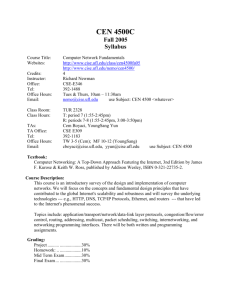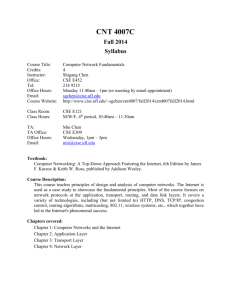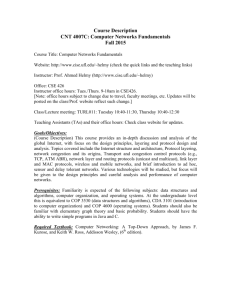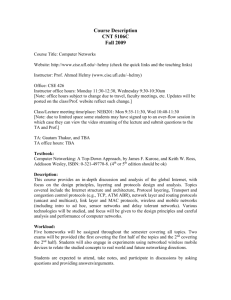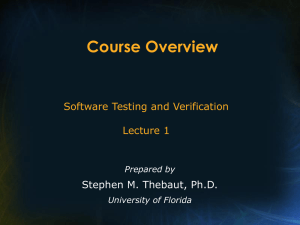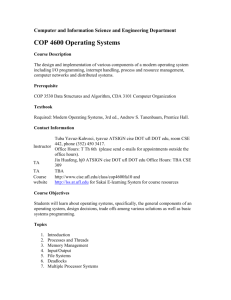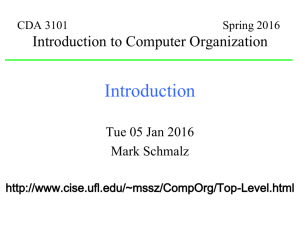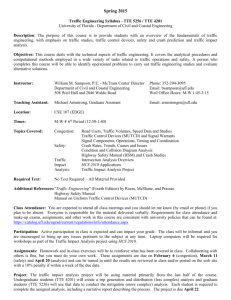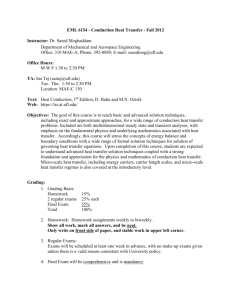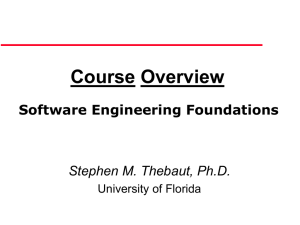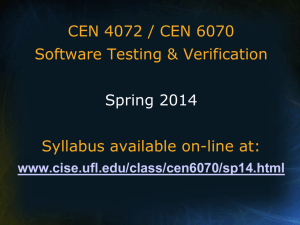Virtual Patients - Department of Computer & Information Science
advertisement
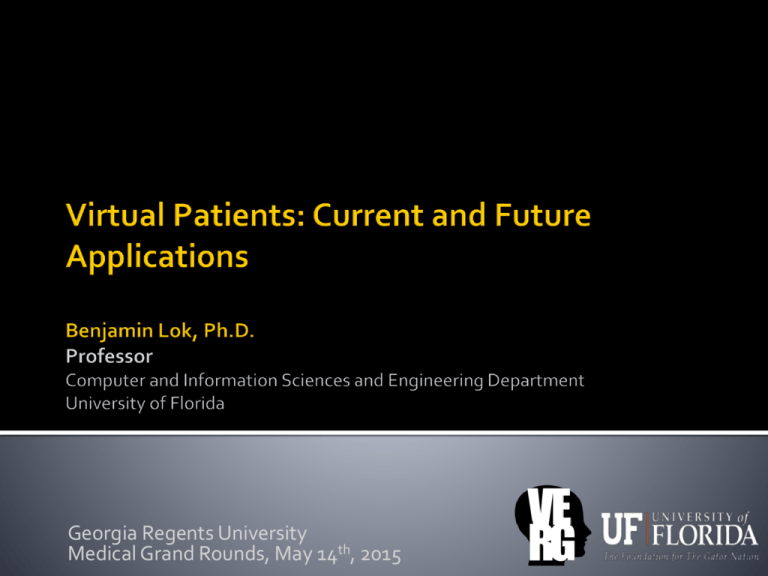
Georgia Regents University Medical Grand Rounds, May 14th, 2015 I have a financial interest in Shadow Health, Inc. Shadow Health, Inc. develops virtual patient software for nursing education. Existing approaches to communication skills training New training approaches with virtual patients Learning Outcomes: Define virtual patients Identify virtual patient research Identifying how you can benefit from simulation today Identifying your part in shaping the future of education Humans Lecture Role-playing Standardized patients – “gold standard” Sufficient opportunities for practice Exposure to infrequent – yet critical – scenarios Tailoring for each student Standardization Patient variability Team-based learning Cultural competency Feedback Mannequin simulation Serious Games Using game technologies to simulate experiences Virtual Patients Simulations of patient interactions Human Patient Simulator – image from Samsun Lampotang Simulation wings UF-Jacksonville has dedicated 24,000 sq. ft. UF-Jacksonville 55 simulators Basic understanding of integration into curriculums [Huang 2007] Virtual patients Ad-hoc (26 of 108 schools building cases) Still images and video (83% of virtual patients) Expensive (each case $10,000$50,000, 1-2 years to develop) Known education potential Compliments classrooms Human Patient Simulator – image from Samsun Lampotang Interactive training exercises Using computer game engines and the Internet https://www.youtube.com/watch?v=65e9KgM7 E-E Image from Breakaway Ltd. Engineeredcare.com Timothy Bickmore, Northeastern University RED Educator Virtual patient advocate discusses discharge with patient Touch screen Benefits: Standardization Tailoring (based on medical history) Testing of patient knowledge Image from Engineeredcare.com Computer simulations that simulate patient interactions Users make decisions on communication, physical exams, and documentation Most model an interactive case study Misconception: virtual patients would replace standardized patients or real patients in medical curricula Complements standardized patient encounters Repeated practice with individualized feedback Presentation of abnormal findings (e.g. cranial nerves) Vulnerable populations (e.g. pediatrics, mental health) Practice before seeing SPs (e.g. intimate exams) Passive – multimedia presentation of information https://research.bidmc.harvard. edu/vptutorials/cases/mental.ht m “Choose your own adventure” http://www.virtualpatients.eu/ref eratory/ www.virtualpatientsgroup.com Developed VPs for 11 years Collaboration UF, GRU, UCF, UGA, Drexel, UVA Over 100 healthcare educators, computer scientists and educators have contributed) Support National Science Foundation National Institutes of Health Publications Over 60 journal and conference publications in computer science, medicine, nursing, pharmacy, education, etc. Dr. Gregory House Good with medical knowledge Not so good with interacting with people DerekRoss Shepherd Dr. Doug Good with medical knowledge Good with interacting with people Eliciting important information E.g. “What brings you into the clinic today?” Developing communication skills Organization of inquiry Diagnostic reasoning Early medical school Practice (interview, documentation, decision making) Advanced learners Abnormal findings Intimate Exams Team training Protected populations Post medical school New procedures and conditions Throughout the continuum Cultural Competency Patient Centered Care Standardization of experiences Immediate Feedback Safe place to fail VPs present abnormal findings Curricular exposure to significant, yet rarely seen conditions Freely available for instructor use Depression http://vpf2.cise.ufl.edu/Classic/Interaction/Public /63?consent=1&skiprails=1&stats=0 Bipolar Manic Episode http://vpf2.cise.ufl.edu/Classic/Interaction/Public /13111?consent=1&skiprails=1&stats=0 Bipolar - Handling a Crisis http://vpf2.cise.ufl.edu/Classic/Interaction/Public /13112?consent=1&skiprails=1&stats=0 Clinical Breast Exam Prostate Exam Practice and evaluate Social Cognitive And Psychomotor skills Team Training Repositories of Virtual Patients Authoring systems for virtual patients Commercial virtual patients MedEdPORTAL Peer reviewed medical education resource http://www.virtualpatients.eu/referatory/ USC Virtual Patient Studio VPSim iHuman VirtualPeopleFactory.com Virtual Heroes iHuman Breakaway Games A decade ago, researchers thought this was not possible Now there are entire conferences dedicated to virtual patients Virtual patients are being used to teach intimate exams and communication skills Commercial realization Educators are quantifying benefit Visit: www.virtualpatientsgroup.com Contact: lok@cise.ufl.edu Support: National Science Foundation and National Institutes of Health
